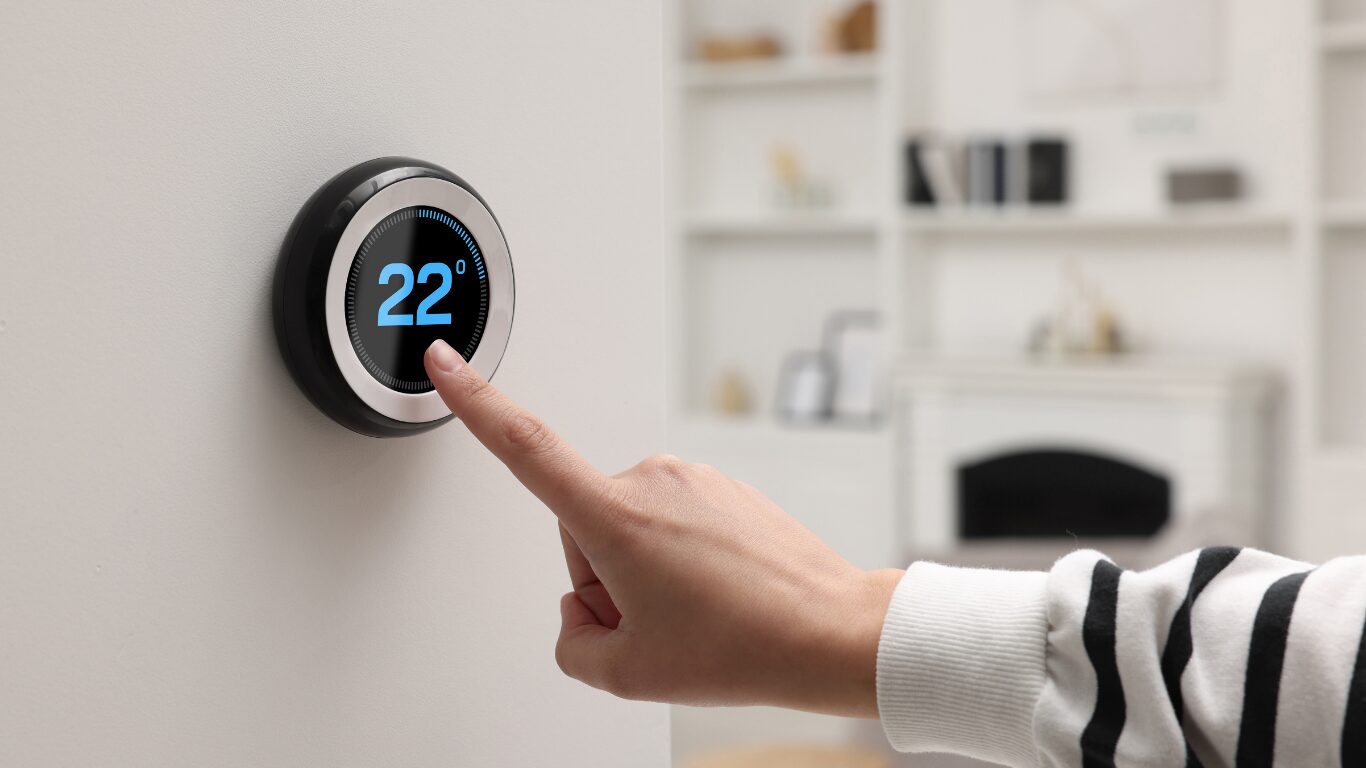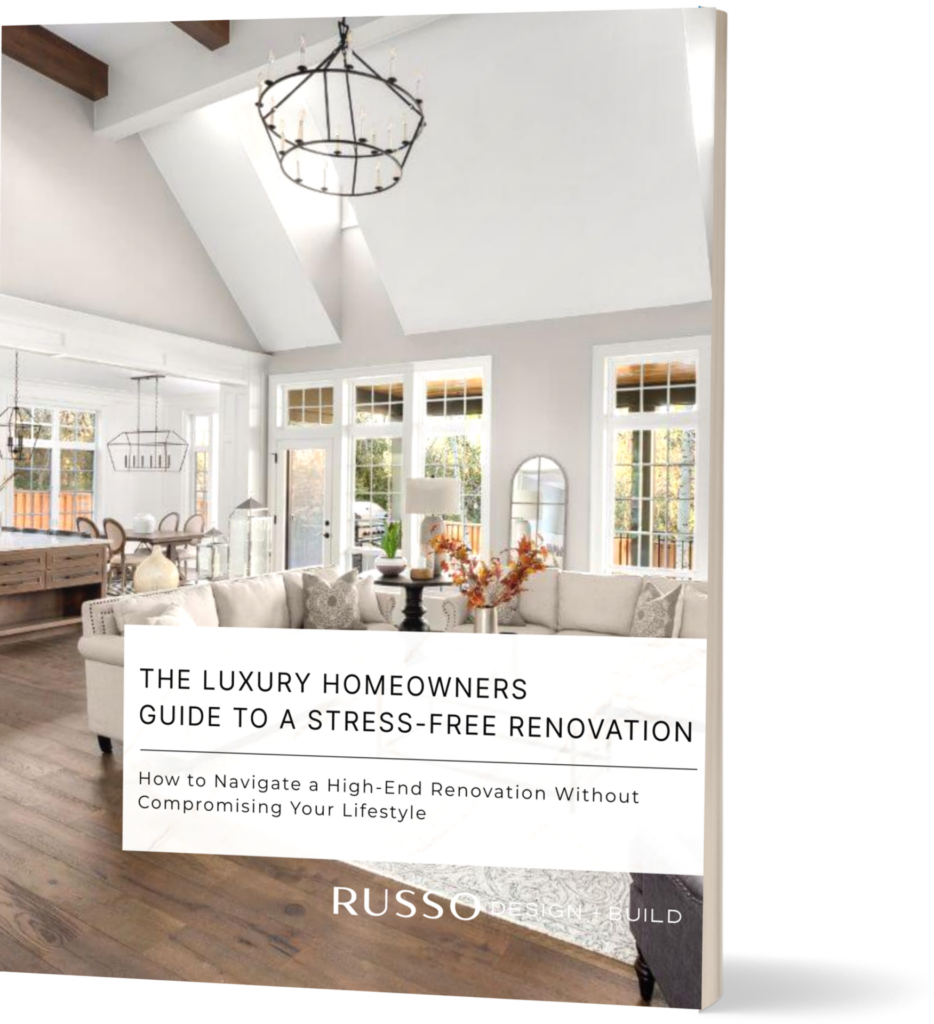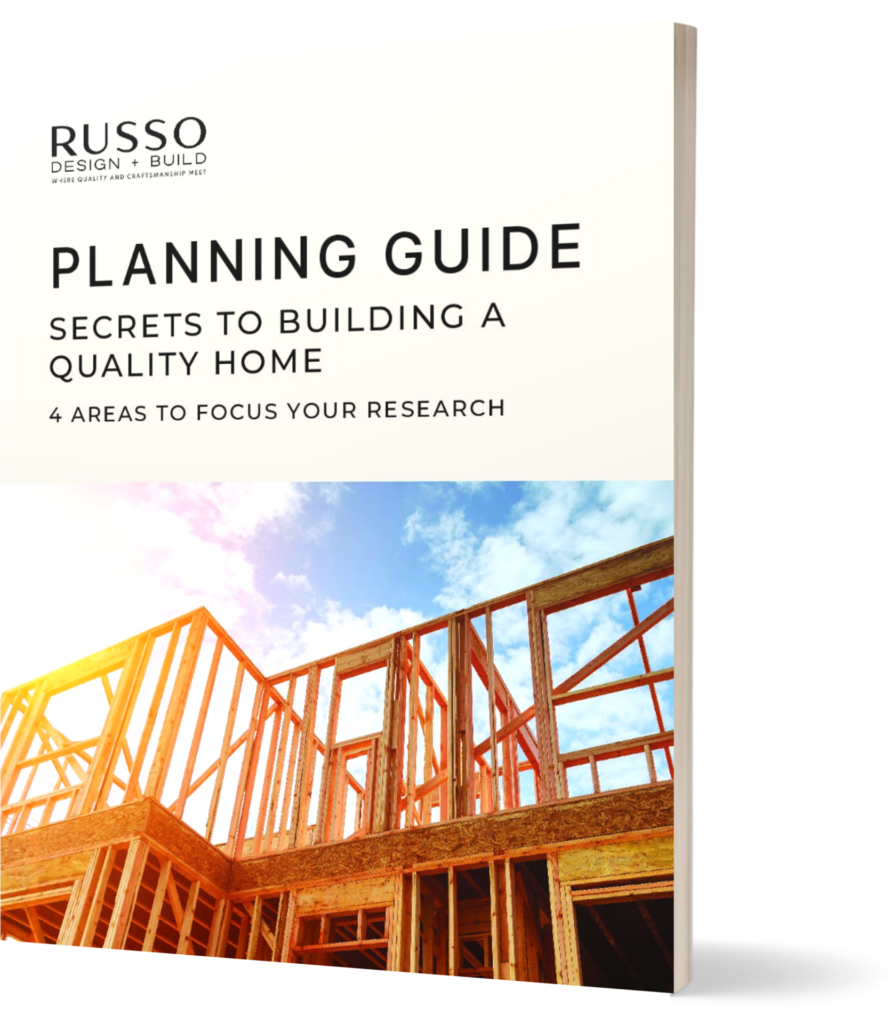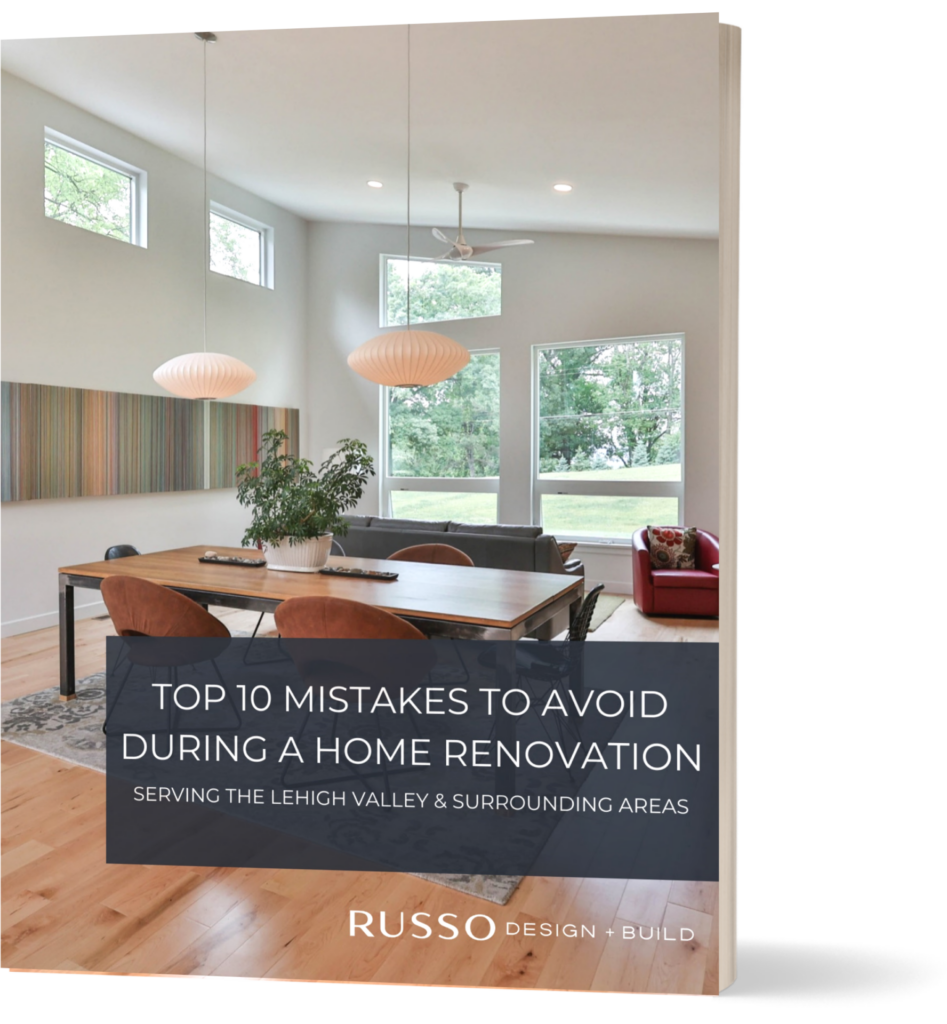The New Standard of Luxury Living
Luxury in home design has evolved. While aesthetics still matter, true luxury today is defined by how intelligently a home works. Smart home technology is at the core of this evolution—offering seamless comfort, personalization, and energy efficiency with every interaction.
For homeowners planning a new build or exploring energy-efficient home construction, integrated technology isn’t an add-on. It’s a foundation. Thoughtfully designed smart systems enhance daily living while reducing energy use, protecting resources, and increasing home value.
When implemented from the start of a project, smart tech can elevate your entire living experience—without compromising design, warmth, or timeless appeal.
The Role of Smart Systems in Energy-Efficient Home Construction
Intelligent Climate Control
A major component of energy efficiency is temperature regulation. Smart thermostats learn your preferences, adjust in real time based on occupancy, and adapt to changing weather conditions—keeping your home comfortable without waste.
Zoned climate systems go a step further, allowing different areas of the home to be controlled independently. Whether it’s maintaining a cooler environment in the kitchen or warming a second-floor suite, zoned control enhances comfort while optimizing energy use.
These systems shine brightest in custom builds, where HVAC infrastructure can be tailored from the start. They also pair beautifully with architectural features like high ceilings or large windows, which influence heat gain and airflow.
Lighting That Responds to You
Lighting accounts for a significant portion of energy usage in most homes. Smart lighting systems reduce this load by using occupancy sensors, daylight harvesting, and pre-set scenes that adjust intensity based on time of day or natural light availability.
Homeowners often combine this with layout strategies that enhance daylight exposure—maximizing brightness while minimizing reliance on artificial fixtures. In homes designed to draw in natural light, smart lighting systems offer a smooth transition from day to night without compromising ambiance.
Streamlined Convenience Without the Clutter
Seamless Integration into the Home’s Architecture
One of the biggest misconceptions about smart home tech is that it disrupts design. In reality, the best systems disappear. Touch panels blend into walls. Hardware is hidden. Infrastructure is baked into framing and finishes.
This clean integration only happens when smart planning starts early. Architects and builders coordinate device placement, wire paths, and utility needs with cabinetry, millwork, and structural features—delivering a sophisticated look that matches the rest of the home.
In high-end kitchen designs, for example, under-cabinet sensors and hidden speakers create function without interfering with aesthetics. And in timeless interiors, smart elements support rather than compete with classic finishes and custom craftsmanship.
Whole-Home Automation
Beyond convenience, automation allows for central control of multiple systems: lighting, temperature, window treatments, security, irrigation, and audio-visual equipment—all managed from a phone, tablet, or in-wall panel.
These platforms offer scheduled routines or real-time control. For example, one tap can lower shades, adjust lighting, and set the temperature for the evening—all while reducing energy draw from unneeded systems.
The result is a space that anticipates your needs, rather than reacting to them—quietly supporting your lifestyle while improving performance across the board.
Enhancing Security and Peace of Mind
Smart Locks, Cameras, and Sensors
Security is a key component of home functionality. Smart locks allow keyless entry and remote access management, while integrated cameras provide real-time views of the property—indoors and out.
These features are especially useful in energy-efficient home construction, where durable, airtight door and window systems are paired with advanced access control. This adds another layer of protection without sacrificing thermal performance or visual appeal.
Sensors can also monitor smoke, carbon monoxide, water leaks, and motion—alerting homeowners before issues become emergencies. When combined with remote alerts, these systems offer peace of mind whether you’re home or away.
Smart Kitchens: Efficiency Meets Elegance
Intelligent Appliances
Today’s luxury kitchens increasingly feature smart appliances that do more than cook. They provide recipe guidance, preheat on schedule, manage inventory, and even notify you when maintenance is needed.
Built-in features like induction cooktops with smart sensors, refrigerators that adjust cooling zones, and dishwashers that optimize water usage based on load size contribute directly to your home’s efficiency.
These aren’t just tools—they’re part of a larger system that supports conscious living and adds luxury through convenience.
Zoned Lighting and Integrated Audio
Smart lighting in the kitchen enhances both utility and ambiance. Task zones are brightly lit while prep areas dim down after hours. Audio integration allows for music or cooking instructions without the clutter of visible speakers or devices.
In combination with natural light planning, these systems make the kitchen both high-performing and relaxing—a true reflection of how new home design must serve multiple functions at once.
Connected Window Treatments and Daylight Management
Automated Shades and Blinds
Smart window treatments adjust throughout the day to control solar gain and preserve privacy. Shades can lower automatically during peak sun to reduce cooling needs, or open in the morning to let in soft daylight and wake the space naturally.
In homes that prioritize daylight and passive lighting, automated shades extend that performance. They also contribute to longevity—protecting furnishings, floors, and artwork from UV exposure.
These solutions work especially well in open layouts, where managing light across multiple spaces can otherwise require constant adjustment.
Synergy with Architectural Planning
When architects plan for lighting, window orientation, and shading devices from the outset, smart treatments enhance—not correct—the natural balance of the home. This partnership between planning and technology is what sets custom homes apart from retrofitted solutions.
Building a Home That Evolves with You
Future-Proofing the Infrastructure
One of the hallmarks of true custom design is flexibility. As needs change and technologies evolve, your home should adapt—not fall behind.
That’s why energy-efficient home construction often includes infrastructure for future upgrades: conduit paths for wire runs, dedicated server rooms, or access points that make swapping or expanding systems simple.
By building with change in mind, you protect your investment—and avoid disruptive renovations down the road.
Resale Value and Lifestyle Flexibility
Homes with well-integrated smart systems stand out in today’s market. Buyers recognize the convenience, safety, and energy savings that come with a connected home—and they’re willing to pay for it.
But beyond resale, smart technology also supports evolving lifestyles: aging in place, multigenerational living, or managing a busy household with less effort and greater control.
Collaborating With the Right Team
Why Early Planning Is Critical
To achieve a cohesive result, smart technology must be integrated from the ground up. That’s why it’s critical to work with professionals who understand how architecture, energy systems, and user needs intersect.
An architect can plan for orientation, light flow, and equipment access. A builder ensures structure, wiring, and installation align with that plan. Together, they create a home where everything works in harmony—visibly and invisibly.
A Unified Design and Build Approach
When your architect and builder operate as a single team, you gain clarity. Every decision—from thermostat placement to speaker integration—is informed by a shared vision. That kind of alignment leads to better outcomes and fewer compromises.
This is especially important in luxury homes, where form and function must work hand-in-hand, and where expectations for performance, comfort, and design are highest.
Elevate Your Everyday
Smart home technology isn’t about complexity. It’s about simplicity, personalization, and intelligent performance. When woven into the fabric of your home—rather than added after the fact—it enhances how you live, how you feel, and how your space supports you.
At Russo Design + Build, we help homeowners create energy-efficient home construction solutions that blend architectural beauty with smart systems—built to last, built to evolve, and built to live better every day.






